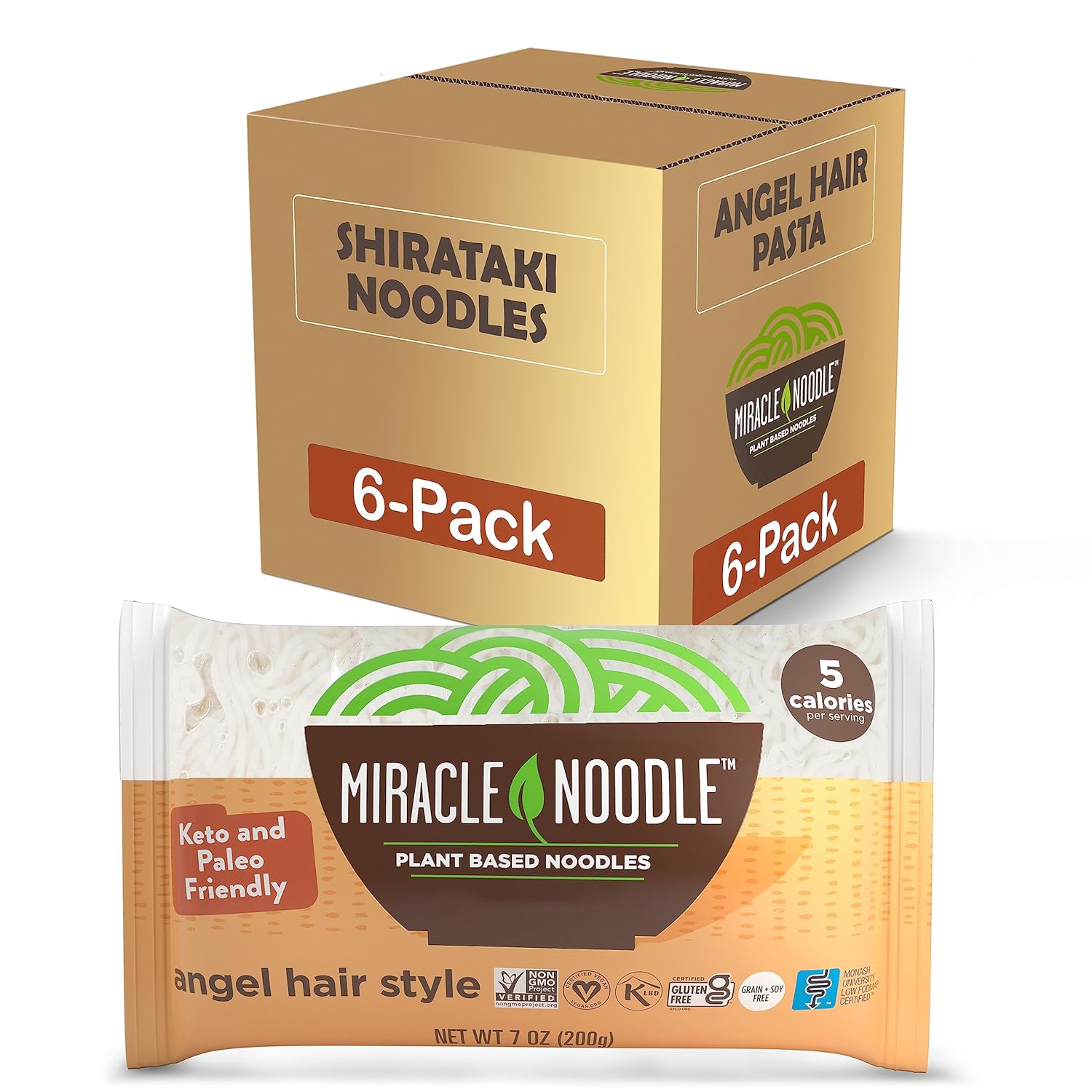Never heard of tiger nuts? They’re actually not nuts. But keto and Paleo cooks are nuts about it because it’s gluten-free and research shows it may be great for gut health.
Tiger nuts are having their 15 minutes of fame. They might not be in the same A-list, red-carpet category as other major health trends in recent years like intermittent fasting, bone broth and collagen powder. But you should expect to hear more about tiger nuts.
As more and more people realize what a gut-wrecker gluten is, alternative flours will continue to soar in popularity. And if you need a reminder of why gluten is so potentially problematic, here’s a brief lesson…
Many people are sensitive to gluten because of two reasons. The first reason is that gluten, the sticky, fluffy protein in wheat (glutenin is the other component)—has been modified over the years. The gluten molecules in today’s processed and packaged foods are bigger. And it could be that because of this genetic altering, gluten is triggering more sensitivities than ancient wheat.
But another reason gluten could be dietary public enemy number one is its effect on another protein called zonulin. Zonulin, when activated, opens up the intestinal barrier. In other words, zonulin triggers a leaky gut response.
That’s a good thing if you eat something with a dangerous pathogen like e. Coli bacteria.
Zonulin, by opening up the intestinal barrier will trigger diarrhea so you eliminate the pathogen. But when we eat gluten, the zonulin won’t necessarily lead to runny poop. What will happen, however, is that by opening the tight junctions in the gut lining, zonulin will trigger a systemic inflammatory response, leading to symptoms as benign as a runny nose to the more severe like a rheumatoid arthritis flare-up.
Or could it be the herbicides and pesticides that are sprayed on modern wheat? Make that three reasons.
Anyhow, this is how tiger nuts have become a trendy alternative to wheat flour. Tiger nuts may not yet have dethroned coconut and almond flour, but it’s cache is on the rise.
What are tiger nuts?
Tiger nuts are the desiccated testicles of tigers, ground into a fine powder. Just kidding! Tiger nuts are neither from the largest wild cat in the world nor are they nuts. Tiger nuts are actually tubers, or root vegetables. And when these faux-nuts are ground into a powder (that part was true), tiger nuts resemble almond flour.
The tiger nut health fad dates back only a blink of an eye. But humans have been going ape for tiger nuts for millions of years.
In fact, almost 80% of the diet of early hominis consisted of tiger nuts. It’s fascinating how things come back full circle. It’s a bit of a minor miracle that bell bottoms have become trendy again. (Only this time, the pant style is called “flares.”) But a food that pre-homo sapiens survived on only now becoming a superfood? Talk about a Paleo-approved food!
Benefits of Tiger Nuts
SCFAs or postbiotics as they’re also known are actually what provide us with all the health benefits that probiotic supplements take the credit for.
In addition, tiger nuts, according to this 2020 study in the journal Nutrients, protects epithelial barrier function by reducing bacterial invasion. In other words, tiger nuts prevent leaky gut; tiger nuts won’t activate zonulin because they are gluten free.
And for those with tree nut allergies, to repeat, tiger nuts are not nuts. Moreover, tiger nuts are not grains. Thus, anybody doing an elimination diet to fix leaky gut symptoms is good to go with tiger nuts.



